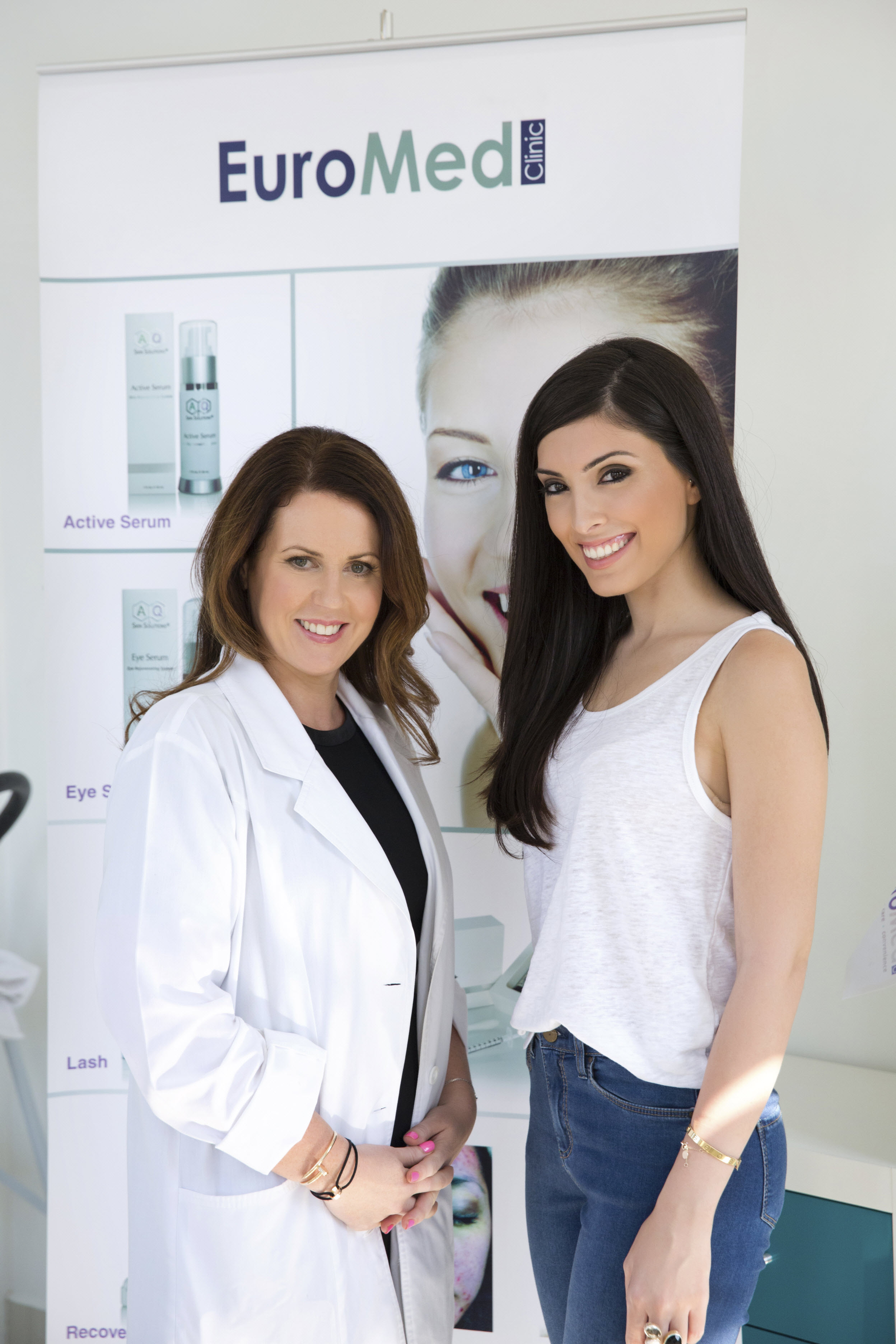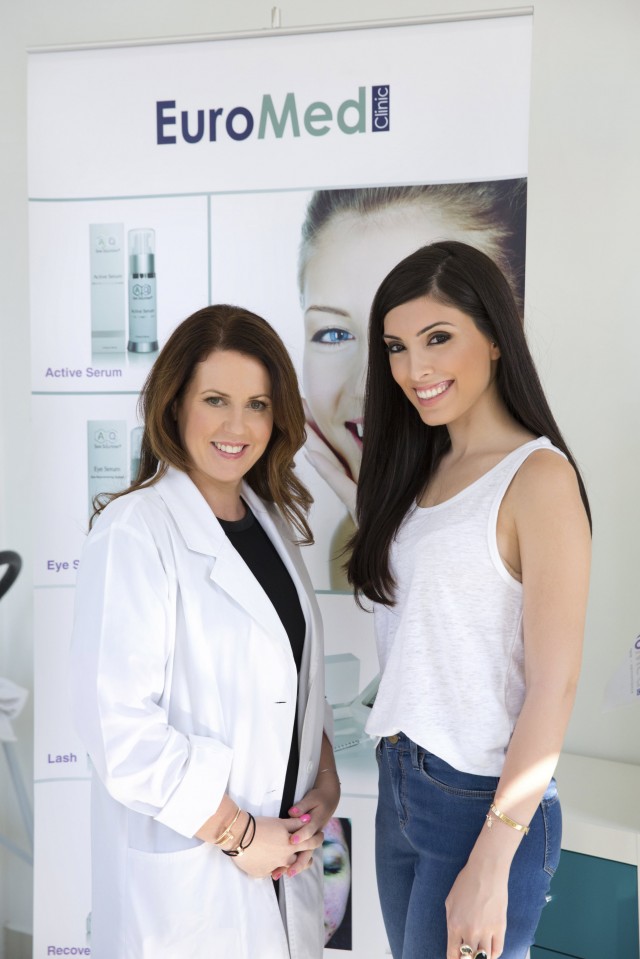Stretch Marks - Why we get them, the different kinds of marks & how to get rid of them.
Stretch marks are not things we can get a quick fix for before our Summer vacation or a day at the beach. This month, I asked the lady I trust for all things skin – Rebecca Treston @ Euromed Clinic:
Why do we get Stretch marks at really young ages and how can we get rid of them? There are the white/silvery ones and the purple ones? Do any of the beauty products work? Can we get rid of them for good?
Stretch marks tend to appear when a person grows or gains weight over a short space of time, causing the skin to be pulled or stretched. Stretch marks are also recognised as the battle scars of pregnancy, with between 75% and 90% of women developing them particularly in the second and last trimester, and being left with them post-partum. Most women have some degree of stretch mark scarring, which tends to show up on the breasts, thighs, hips, and butt – and while they’re more common in females, they can also occur in men.
Skin is usually fairly elastic, thanks to its middle layer called the dermis which has plentiful supplies of collagen and therefore allows it to retain its shape. But when constantly stretched, the skin eventually will not be able to bounce back and so the dermis breaks down, leaving stretch marks behind. At first, stretch marks may show up as reddish or purplish lines that may appear indented and have a different texture from the surrounding skin, but thankfully over time, stretch marks often turn lighter, adopting a glossy silvery-whitish appearance and in some cases, they can almost disappear.
If however, you are self-conscious about your stretch marks, there are some measures that you can take to minimise their appearance. Although stretch marks themselves are less likely to tan than you’re the rest of your skin, sunless self-tanners can help cover up stretch marks. Another good option is to buy a body makeup matched to the tone of your skin that can make stretch marks all but invisible.
While many creams and other skin products on the market claim to get rid of stretch marks (or prevent them during pregnancy), the truth is that although they are costly, most of them do not work. Unfortunately, it is virtually impossible to make stretch marks disappear without the help of a dermatologist or an aesthetics expert. A reputable aesthetics clinic will offer a variety of treatments such as microdermabrasion and laser treatments that will reduce the appearance of stretch marks, but the degree of success with any treatment will depend on your age, your skin tone, and even your diet. To ensure the best possible results it is recommended that stretch marks are treated around six months after appearing as once the stretch marks become a silvery colour these are much harder to treat, although still possible with the latest innovative treatments.





